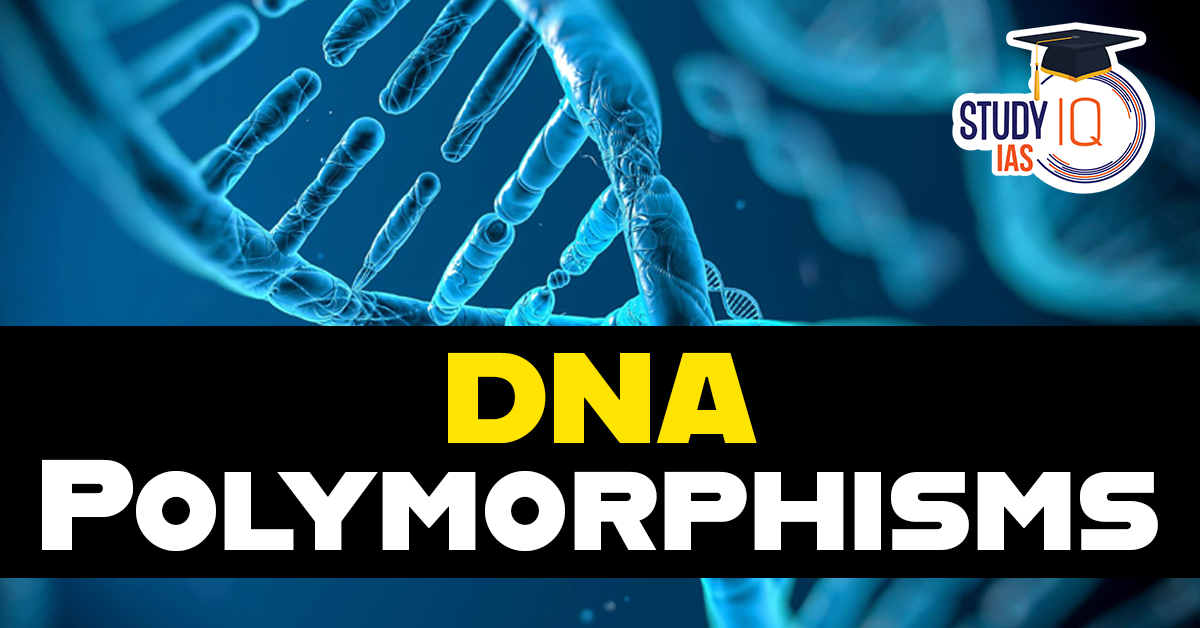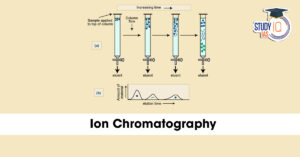Table of Contents
Context: According to recent findings, DNA polymorphism has various modern applications in forensics and medicine.
What Are DNA Polymorphisms?
- DNA polymorphisms are sections of DNA where variations occur between individuals.
- They allow scientists to determine whether a specific chromosome was inherited from the maternal or paternal side.
- DNA profiles are generated using polymorphisms in specific regions called Short Tandem Repeats (STRs).
- STRs are short sequences of DNA base-pairs that repeat multiple times.
- STRs are often polymorphic, meaning different individuals have different numbers of repeats.
- These variations make STRs useful in DNA fingerprinting.
| How Does DNA Replicate? |
|
What is DNA?
- DNA, or deoxyribonucleic acid, is a molecule that carries the genetic instructions used in the development, functioning and reproduction of all known living organisms and many viruses
- Each human cell (from skin, blood, teeth, bones etc.) contains 46 DNA molecules (chromosomes).
- One set of 23 chromosomes is inherited from the father (via sperm) and another 23 from the mother (via egg).
- Sperm and egg cells are exceptions as they contain only one copy of the genome instead of two.
| Chromosomes and Polymorphisms |
|
What is a DNA Fingerprint?
- A DNA fingerprint is a unique profile created by analyzing STR patterns in an individual’s DNA.
- DNA Can Be Extracted From:
- Teeth, bones, blood, saliva, semen, skin cells, etc.
- Crime scenes (blood stains, sweat, spit on clothes or soil, etc.)
- Mortal remains from disaster sites.
- Uses of DNA Fingerprinting:
- Establishing Relationships: Determining parent-child relationships, Tracing ancestry through polymorphisms.
- Forensic Investigations: Identifying suspects from crime scene samples etc.
- Identifying Human Remains: Disaster victim identification.
- Ancient DNA studies: Scientists have extracted 65,000-year-old human DNA from remains preserved in deserts and cold environments.
- Organ Donation Matching: Ensuring donor-recipient compatibility to prevent organ rejection.


 Advanced Air Defence Radars: Types, Comp...
Advanced Air Defence Radars: Types, Comp...
 Ion Chromatography, Working and Applicat...
Ion Chromatography, Working and Applicat...
 Broadly Neutralising Antibodies (bNAbs):...
Broadly Neutralising Antibodies (bNAbs):...

























